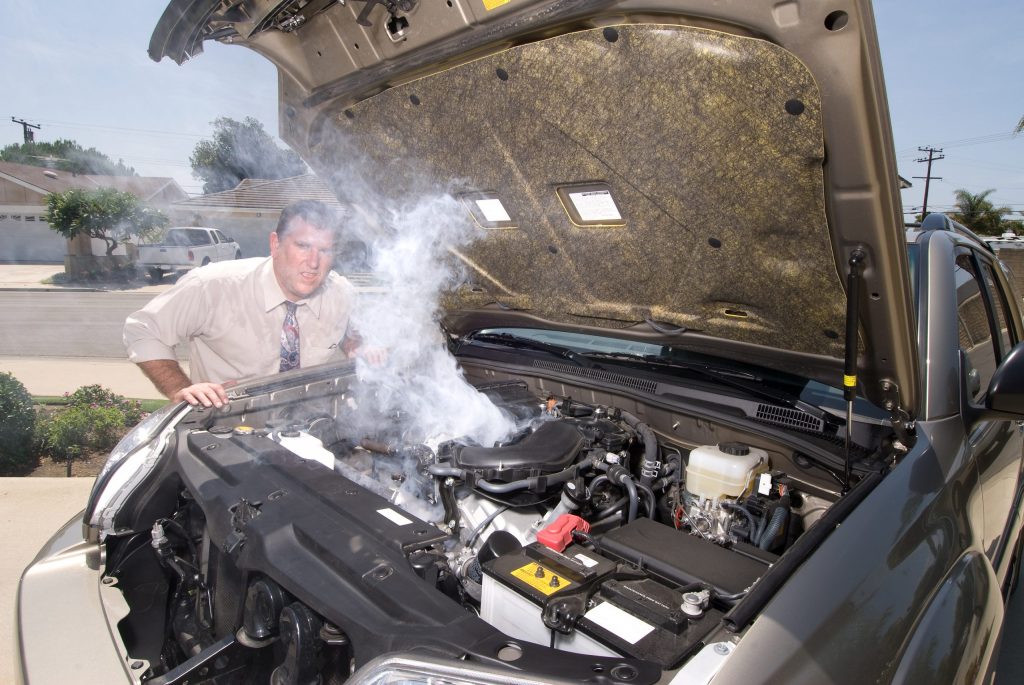When it comes to car repair, one of the decisions that you may face is whether to use original equipment manufacturer (OEM) parts or aftermarket parts. OEM parts are parts that are made by the original manufacturer of the car, while aftermarket parts are parts that are made by a third-party manufacturer. In this article, we'll explore the benefits of using OEM vs. aftermarket parts for car repair and provide tips on how to make the decision.
- OEM parts are made to the original manufacturer's specifications: One of the main benefits of using OEM parts for car repair is that they are made to the original manufacturer's specifications. This means that they are designed to fit and function the same way as the original parts on the car. This can be especially important for certain parts, such as safety-critical components, as they may have more stringent specifications and requirements.
- OEM parts are often of higher quality: In general, OEM parts are often of higher quality than aftermarket parts. This is because they are made by the original manufacturer and are subjected to the same quality standards and testing as the original parts. This can provide peace of mind and can help to ensure that the repairs are done correctly and will last.
- OEM parts are usually backed by a warranty: Many OEM parts are backed by a warranty from the manufacturer. This can provide additional protection and can help to cover any issues that may arise with the parts. Aftermarket parts may not come with a warranty, which can be a risk if the parts fail or do not function as intended.
- Aftermarket parts may be less expensive: One of the main benefits of using aftermarket parts for car repair is that they may be less expensive than OEM parts. This can be especially appealing if you are on a budget or if the cost of OEM parts is prohibitively expensive. However, it's important to keep in mind that the lower price of aftermarket parts may come at the expense of quality or compatibility.
- Aftermarket parts may offer additional options: Another benefit of using aftermarket parts for car repair is that they may offer additional options or customization. This can be especially appealing if you are looking to modify or upgrade your car. However, it's important to be cautious when using aftermarket parts for modification, as they may not always be compatible with the car or may not have been subjected to the same safety and performance standards as OEM parts.
Overall, the decision to use OEM vs. aftermarket parts for car repair will depend on your specific needs and priorities. If you value quality and reliability, OEM parts may be the better option. However, if you are on a budget or are looking for customization or modification options, aftermarket parts may be a viable option. It's important to carefully consider the pros and cons of each type of part and to do your research before making a decision. Here are some additional factors to consider.
- Compatibility: It's important to ensure that the parts you are using are compatible with your car. OEM parts are designed to fit and function specifically with your car, so there is a higher likelihood of compatibility. Aftermarket parts may not always be compatible with your car, and may require additional modification or adaptation in order to work correctly.
- Installation: Another factor to consider is the ease of installation. OEM parts are designed specifically for your car, so they may be easier to install and may require fewer additional modifications. Aftermarket parts may require more extensive modification or adaptation in order to be installed, which can increase the time and cost of the repair.
- Availability: Another factor to consider is the availability of the parts. OEM parts may be more readily available, as they are made by the original manufacturer and are typically stocked by dealerships and repair shops. Aftermarket parts may be more difficult to find and may require special ordering, which can delay the repair process.
- Return policy: If you are considering using aftermarket parts, it's important to consider the return policy. Some aftermarket parts may not be returnable, or may only be returnable with a restocking fee. This can be a risk if the parts do not fit or function correctly.
- Professional advice: Finally, it's a good idea to consult with a mechanic or repair professional to get their advice on which type of parts to use. They can provide guidance on the best options based on the specific needs of your car and your budget.
Overall, the decision to use OEM vs. aftermarket parts for car repair will depend on your specific needs and priorities. By considering factors such as quality, warranty, cost, customization, compatibility, installation, availability, return policy, and professional advice, you can make an informed decision about which type of parts to use for your car repair.


